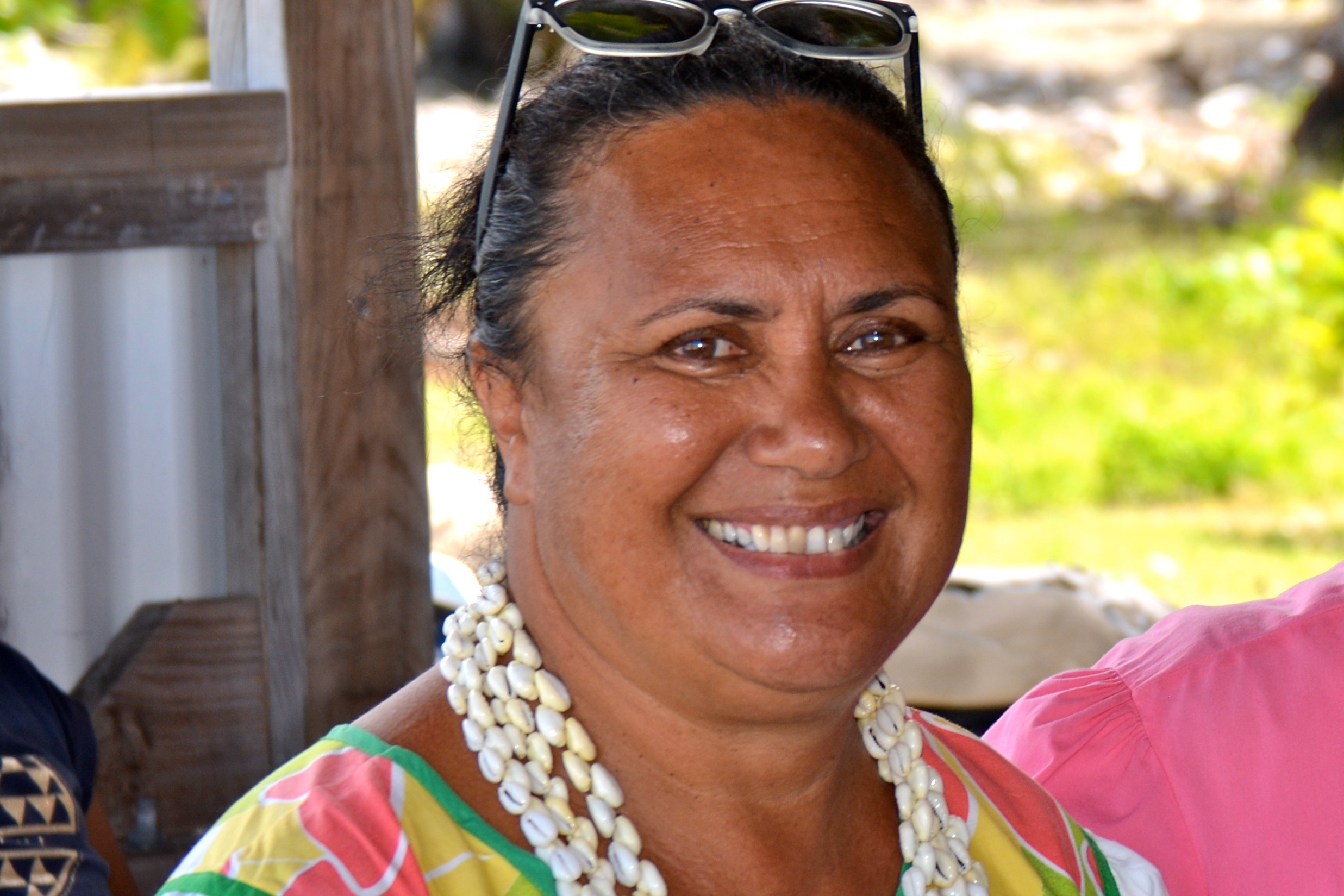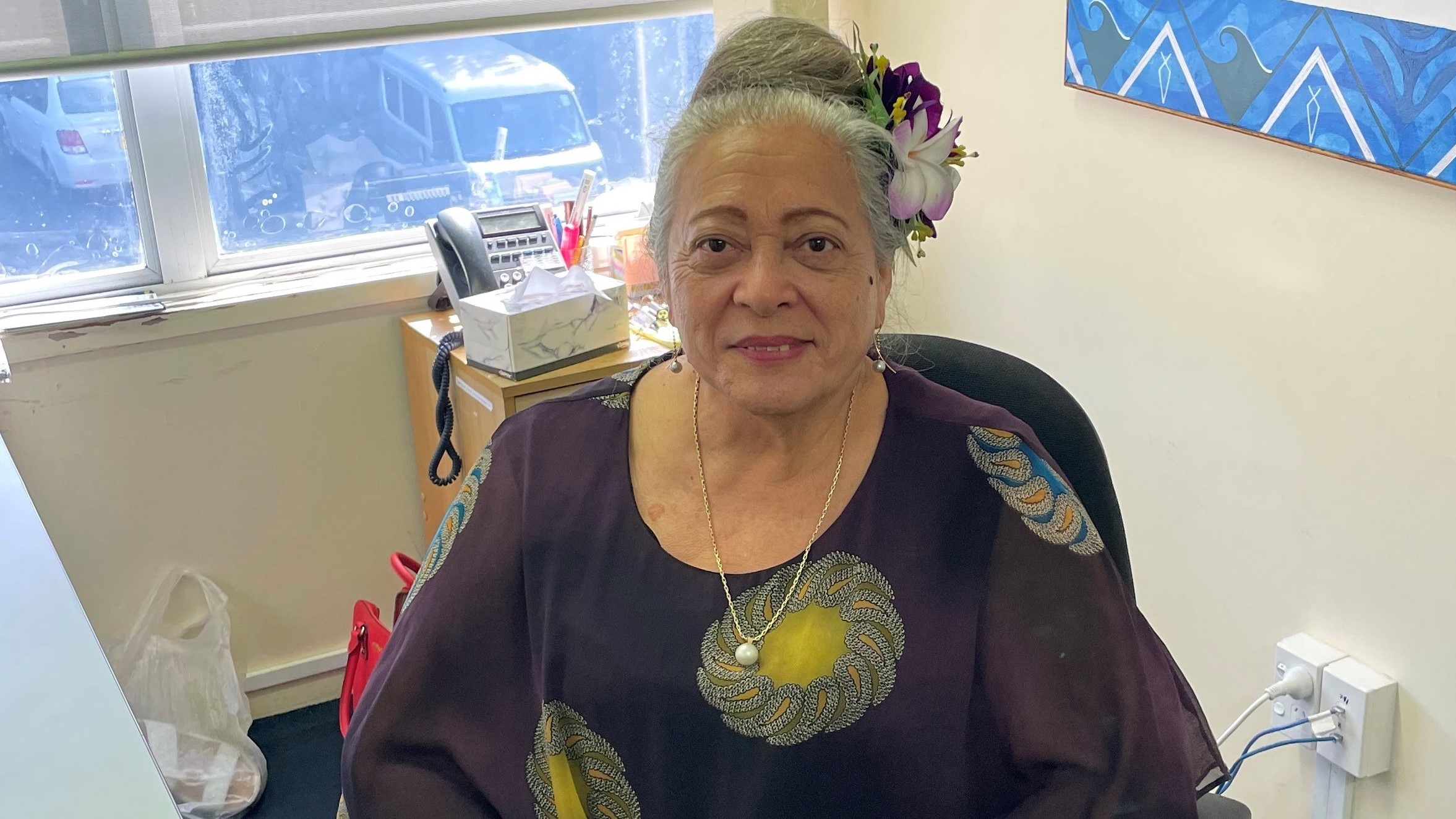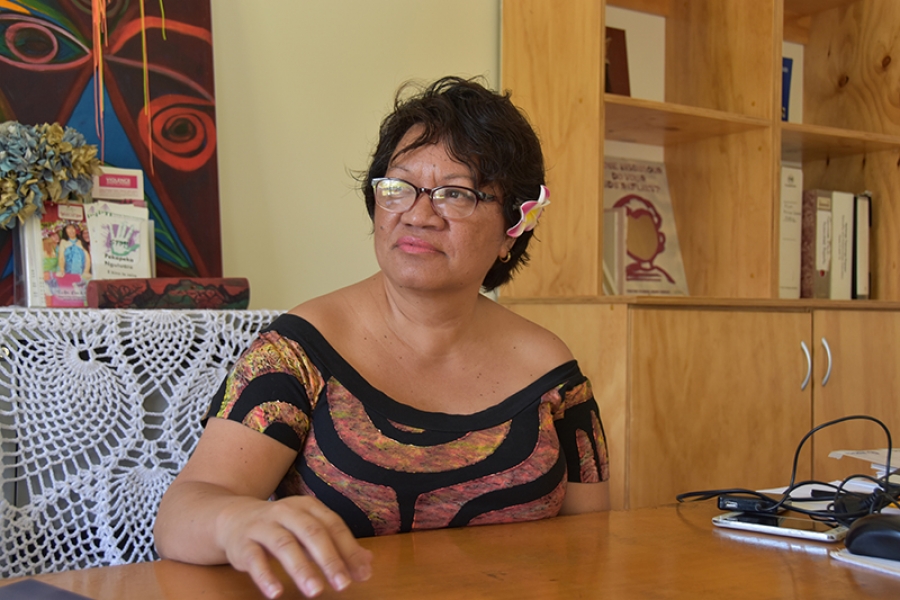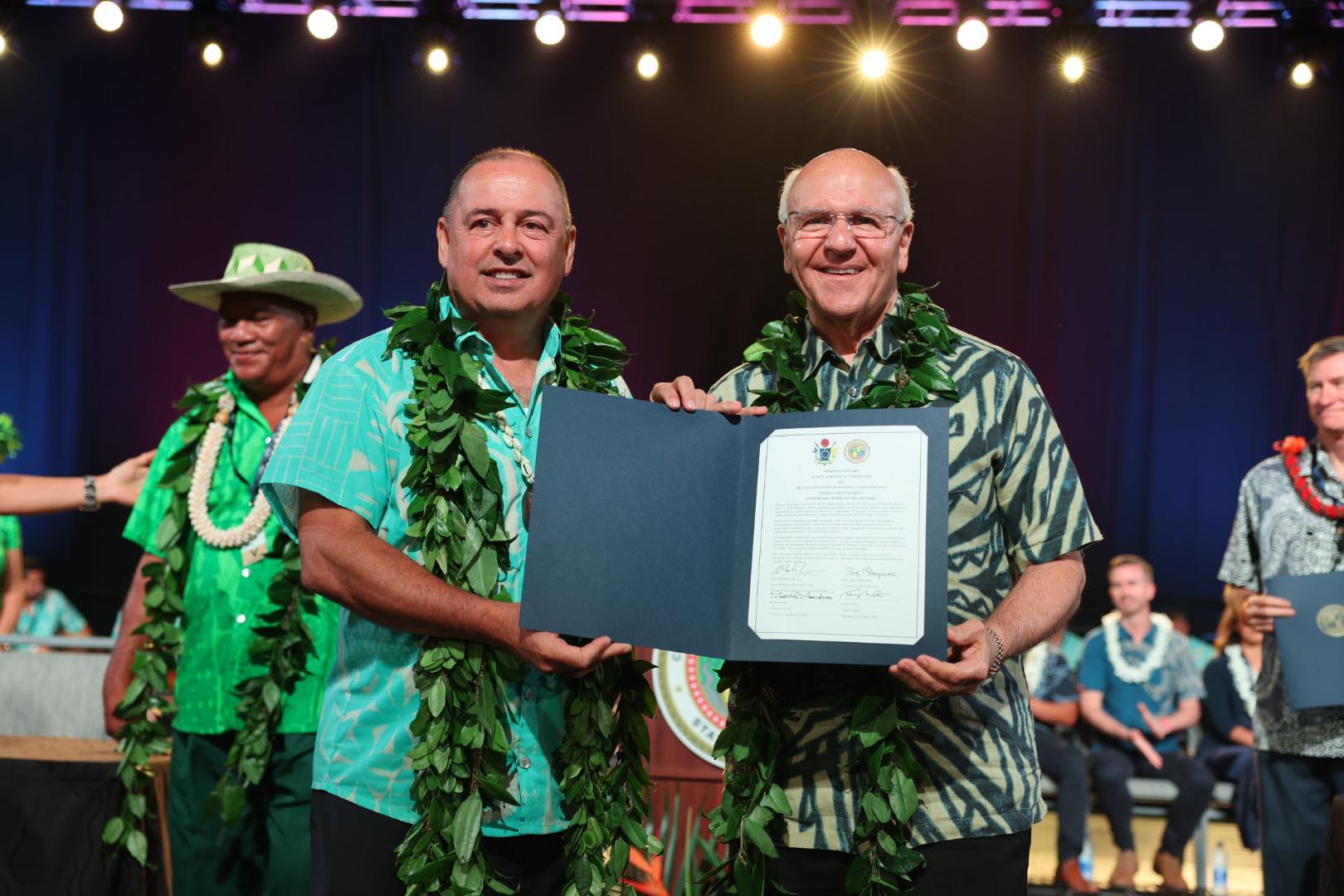PACIFIC – Pacific people are being urged to keep developing kava’s economic potential beyond traditional ceremonies and kava sessions.
Kava is often consumed during special occasions and social gatherings but more non-Pacific people are using kava for sleep aids and as way to relax or de-stress.
Its reputation is still recovering after controversial research linking it to liver toxicity led to bans and restrictions in Europe.
At a recent kava workshop in New Zealand a Tongan kava supplier and distributor in New Zealand said kava’s potential was still hugely underdeveloped and more can be done to package the crop creatively for a wide range of consumers and markets.
Kava Haus Limited director, Koloa Hau, said the root crop is a gift to the Pacific region because that is where the crop grows best.
“I see people outside of the Pacific community and one of the things we kind of need to talk about is seeing the potential of kava outside of the traditional kava bowl.
“Huge potential. But because we don’t see the potential, there are other people outside of the Pacific who are developing innovative products and we are absolutely missing out.”
Koloa Hau says he knows of overseas companies trying to develop innovative kava products, but that it would be much better for Pacific people to develop their own ones first.
He says some of the new products proving popular include new sweets and drinks.
“We also have micronised flavoured kava that comes in berry, vanilla, cappuccino and cocoa. We also have cocoa dark chocolate and we also have a vegan kava chocolate. We even have a kava kava root tea, 100 per cent kava that comes in a teabag, unbleached.”
Kava’s reputation took a hit from research which led to a ban on kava products in Europe in 2002 that was subsequently overturned.
However, Pacific academics say that in a bid to remove poisonous elements of the crop, kava had been stripped of all its beneficial and raw qualities while being made into a largely synthetic chemical product.
Now kava producing countries are focusing more on exporting high quality strains of kava.
Tongan academic and scholar, Dr Okusitino Mahina, says many indigenous Pacific communities have consumed kava for centuries, with no untoward effects.
He says more in depth research is needed.
“The whole kava issue has been compounded in multiple ways and we need to distinguish between different layers and how they come together to constitute different pros and cons in connection with kava.”
Post-doctoral researcher, Apo Aporosa, says more youth are interested in kava now.
“Fiji for instance, where I am from, when I am speaking to a lot of people from home is that a lot of young people there who were formally sitting around and not doing a lot, but now they can see economic advantage in the price of kava considering it is like F$100 a kilo, whereas a couple of years ago it was a fraction of that.”
Koloa Hau urges support for Pacific markets and growers to manufacture new kava products to the world.
He also hopes that an institute focusing on kava research can be established. - RNZI

















































